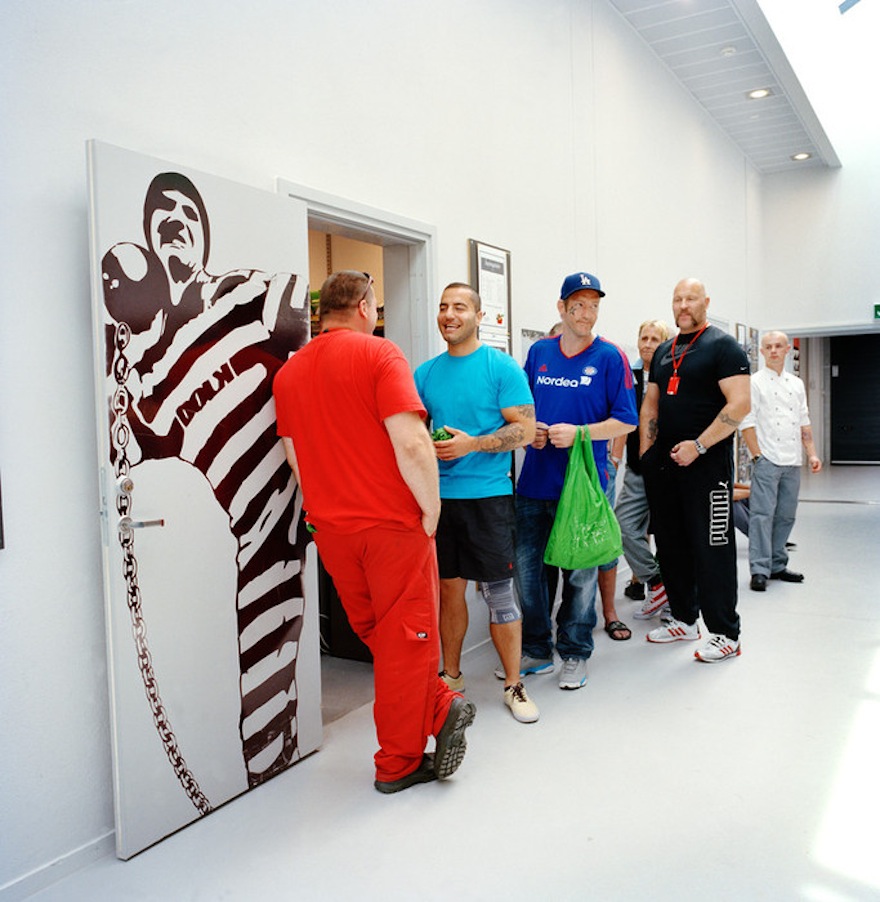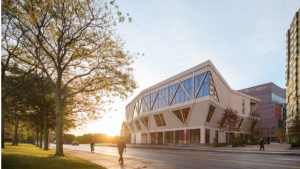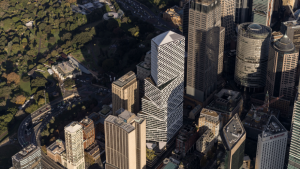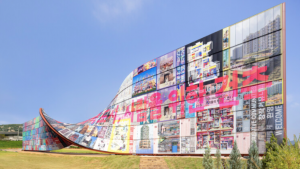
Halden Prison in Østfold, Norway is considered the world’s most humane incarceration centre. Boasting amenities like workshops, game rooms, open kitchens, a sound studio, a library, and a rock-climbing wall, as well as harmonious prisoner-guard relationships, this maximum-security facility is a Utopia in comparison to prisons in the United States and much of the rest of the world. “It’s crazy,” a Halden inmate told Fusion of what he’s seen of US jails. “It’s a different world.”
Decorated with designer furniture, flat-screen TVs, and unbarred windows, Halden Prison strives to maintain as much “normalcy” for its inmates as possible. Designed by Erik Møller Architects and HLM Architects, it offers its prisoners relative freedom of movement, and works to ensure that their eventual transition into regular society is a smooth one. Completed in 2010, it’s undeniably a remarkable facility that offers its prisoners the opportunity for authentic rehabilitation.


Each cell features long vertical windows to maximize the light that enters, and its green surroundings are easily viewed in common areas (“the opportunity to follow seasonal changes helps to clarify the passage of time for the inmates,” explains prison warden Are Høidal). Safety glass is utilised so that bars can be avoided; and shared living and food-preparation spaces are included to encourage cooperation between inmates. The primary goal of the space is to rehabilitate, a radical aim when the vast majority of the world’s prison systems are more focussed on doling out punishment.
According to a 2015 academic paper from the University of Iowa’s Megan Fowler tiled The Human Factor in Prison Design: Contrasting Prison Architecture in the United States and Scandinavia, it is perhaps these duelling purposes that have given rise to the disparities in prison architecture around the globe. Fowler, an architectural graduate of the University of Iowa and intern architect at INVISION Planning in Waterloo, Iowa, writes that since the 2013 California prisoner hunger strike, American architects have become less willing to be involved in the design of prison facilities because of the conditions that the spaces generate.


Tracing the history of modern prison design, Fowler examines both the systems of the United States’ prisons and that of Scandinavia’s. In her research, she found that cost and efficiency are the most important considerations in the design of US prisons. Expensive extras like windows and spaces for dining, exercise, and counselling are limited and the goal is to spend as little as possible rather than provide a space that accomplishes the reformative aims of imprisonment. Instead, spaces that inadvertently encourage violence and tension emerge, giving rise to punishing conditions that satiate an American sense of justice.
Due to the supposed need to be "tough on crime," many prison systems around the world have given up almost all attempts at rehabilitation, serving instead as sites of state retribution for those that have stepped out of line. Though some have accused the Scandinavian prison system for being too soft on their inmates and their design too luxurious, the stats don’t lie; Norway boasts one of the lowest rates of recidivism in the world. At just 20 per cent, it stands in remarkable contrast to that of the United States and the rest of the world.


By creating an environment that prioritises its prisoners freedom, Halden Prison has shown that violent squalor doesn’t have to be the inevitable nature of jailtime. Designed to induce remorse and responsibility rather than resentment and cynicism, Scandinavian prisons are proof that punishment does not need to be physical and explicit to be effective. As warden Høidal puts it, “Every inmate in Norwegian prisons are going back to the society. Do you want people who are angry — or people who are rehabilitated?”










